No, no, it's just Pocket Fighter, a teeny-tiny tussle in the arcade.
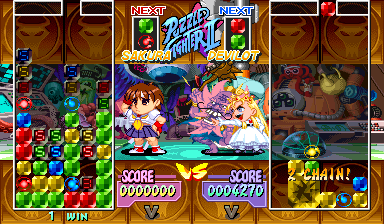
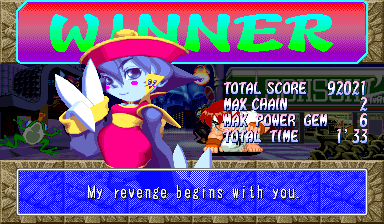
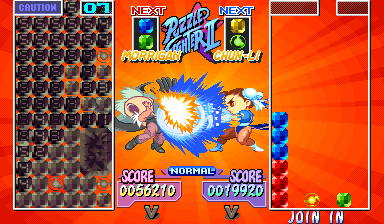






 (VA: Tomomichi Nishimura) 1994
|  (VA: Sōichirō Hoshi) 1987
| ![A moral dilemma: Do we make jokes about Ken's Street Fighter 6 design leak and date this page immediately?
[Nah, let's not, we already dated it with the joke about Chris Redfield. - Ed]](images/pocketfighter/pocketfightercharken.gif) (VA: Tetsuya Iwanaga) 1987
|  (VA: Osamu Hosoi) 1995 |
 (VA: Yūko Miyamura) 1991
|  (VA: Yuko Sasamoto) 1996
|  (VA: Yayoi Jinguji) 1994
|  (VA: Michiko Neya) 1995 |
 (VA: Kae Araki) 1994
|  (VA: Naoko Ishii) 1996
|  (VA: Wataru Takagi) 1991
|  (VA: Yuri Amano) 1997 |

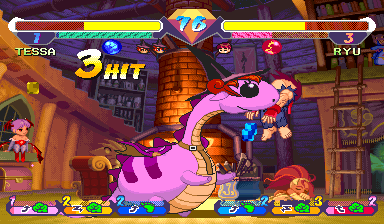


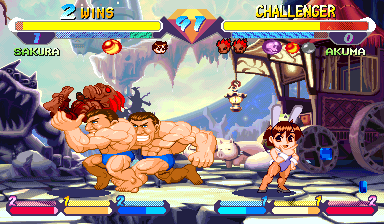




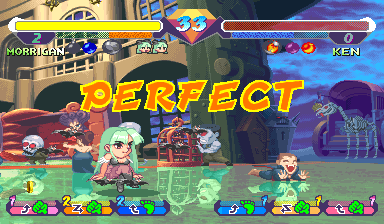





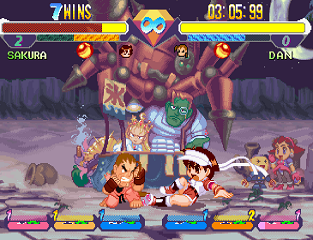






























![AND ONE MORE TIME THAT'S LIKE FIVE LILITH IMAGES IN ONE NON-DARKSTALKERS ARTICLE I'M TOO POWERFUL
[Yeah, yeah, good job, whatever. Where's the love for Hsien-Ko? - Ed]](images/pocketfighter/pocketfightergo.png)